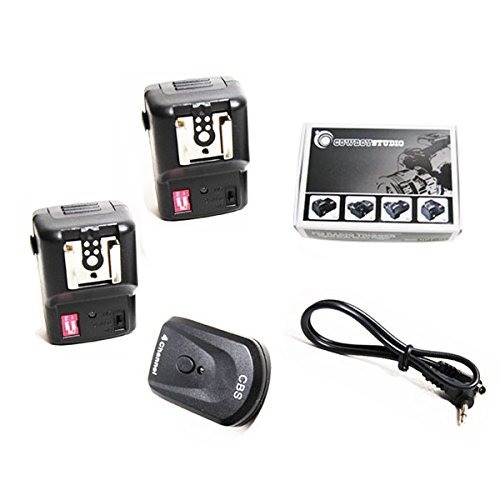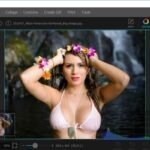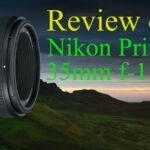I have been using remote budget flash triggers for a few years now and I must say they are very helpful in taking great portraits.
There has been lots of discussion about whether a photographer should be using manual or TTL mode while shooting.
Sorry to say there is no right answer to this question, you need to use both.
Difference Between Manual and TTL Triggers
Lets discuss the difference between TTL and manual mode flashes. In a manual mode flash, you set the power level of the flash.
Through either trial and error or through a light meter, you then balance the light just the way you want it to look and take the picture.
Using TTL mode, the flash will fire off 2 times (very quickly so you will only see one burst of light).
The first time the camera will determine the amount of light needed to correctly expose the photo.
During the second flash, the camera will adjust the power of the flash and capture the picture.
There is more to this but for this post we just need to understand the high levels to understand why both are needed in photography.
Budget Flash Triggers (Manual)
To make sure I have control of the way the image will turn out, I mainly use manual mode when doing studio work and TTL mode when shooting everywhere else.
I just about always use my flashes off camera even when shooting at family events. I just setup the flash on a small stand and bounce it off a light colored wall to light the room I am shooting in.
The distance between the camera, flash, and subject will be changing often. When that happens, I rely on TTL mode to adjust the power of the flash to expose correctly.
There are many different types of flash triggers which are designed to work with these types of flashes.
I have invested in both the manual mode ones and TTL ones and so far I am very happy with both.
For studio work, I use the very inexpensive Cowboy triggers from Amazon. They typically cost about $30 for a 2 flash setup.
Over the years I have collected a number of manual mode flashes. So far I have over 10 of these triggers and have not had a single problem with them.
TTL Triggers
Lately I have been using higher end flashes and since they have TTL mode capabilities.
I have been using those flashes with the Yongnuo YN-622 and YN-622-TX triggers.
It is important to note I do not (nor will I ever) use the YN-622 trigger without the YN-622-TX commander. I also use the Nikon versions of these triggers. I have linked the Amazon versions of those products for you so you can review the specs and reviews directly.
Now Comes the Problem.
Manual mode and TTL mode flashes cannot be used together (sort of). When mixing manual and TTL, the camera gets confused because it is expecting all the flashes to fire the test shot and then receive remote commands to adjust the power settings.
This is not possible in a manual mode flash and what you end up with is either a over exposed image or under exposed image depending on how the flashes are fired.
But I have learned there is a way to use both without causing issues with the image.
First, make sure your camera is in manual mode and you are using center weight metering. This will make sure the camera will only be concerned with metering what is in the center of the picture (the subject).
I use my TTL flashes to expose the subject and I use my manual mode flashes to expose the background and highlights (hair).
This takes some practice to make sure you have your light separated in the photo and if you do, it is an easy way to mix the 2 technologies.
I should add that this is a way to mix manual mode and TTL mode flashes in a studio but I don’t use this method.
In my studio when I mix flashes and strobes, I always do everything in manual mode.
That’s it. Have fun with these budget remote flashes and let us know the different ways you are using them. Are you mixing iTTL and manual mode flashes too or are you sticking to just one technology.
Comment below and share your experiences.








